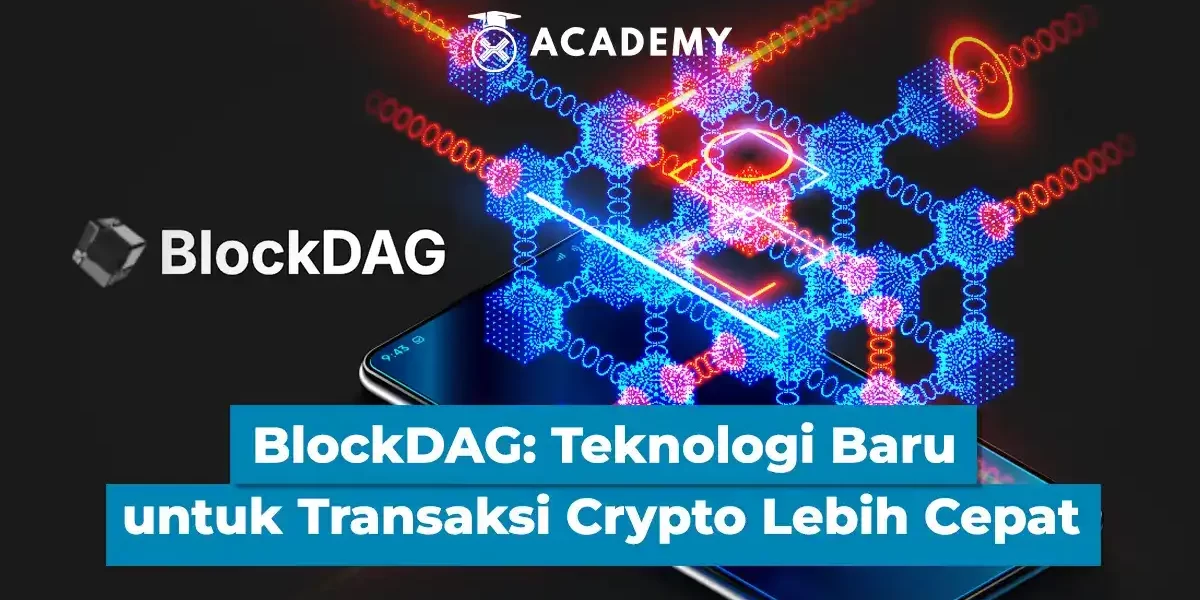Distributed ledger technologies have evolved significantly over the years, presenting various solutions to address the limitations of existing systems. Traditional blockchain technology, while revolutionary, faces challenges in scaling efficiently as networks grow. The emergence of directed acyclic graph-based systems introduces a fundamental shift in processing and storing transactions. technology represents this architectural innovation that changes click here how transactions relate to one another in a distributed network.
How these systems organize and validate transactions creates substantial performance, security, and usability differences. While traditional blockchains arrange transactions in a single, sequential chain, DAG-based architectures allow for parallel processing by organizing transactions in a multi-dimensional graph structure. This basic distinction leads to numerous downstream effects that impact everything from transaction speed to energy consumption.
How do traditional blockchains organise data?
Traditional blockchain architecture follows a strictly linear pattern where each block connects only to the previous one. This creates several defining characteristics:
- Sequential processing – Transactions must wait to be included in the next block
- Consensus focuses on selecting a single valid chain
- Block size and time intervals strictly limit throughput
- All validators must process the same transactions
- Network participants compete to add the following block
This design ensures high security but creates inherent bottlenecks. When network usage increases, transactions compete for limited block space, leading to higher fees and longer confirmation times. The rigid structure means that even small changes to block parameters can significantly affect the network’s operation and security model. Miners or validators in traditional systems must agree on a single version of the ledger, with mechanisms to resolve conflicts when two valid blocks appear simultaneously. This winner-takes-all approach fuels competition rather than collaboration among network participants.
Graph-based alternative
DAG-based systems represent a fundamental architectural shift from linear chains to multi-dimensional graphs. Instead of packaging transactions into blocks that form a single chain, these systems allow transactions to reference multiple previous transactions directly. A web-like structure is created where information flows in several directions simultaneously. Each new transaction must directly validate two or more prior transactions, creating a self-reinforcing network where the system is also used to secure it. This removes the strict separation between users and validators found in traditional blockchains.
This architecture enables much higher throughput as the network grows. More participants increase capacity rather than competing for limited resources. The asynchronous nature of the system means that different parts of the network can process various transactions simultaneously without requiring global consensus for each operation.
Scalability and performance differences
The architectural distinctions between these systems lead to substantial real-world differences:
- Transaction throughput – Chain-based systems have fixed capacity limits regardless of network size
- Confirmation times – DAG systems can achieve faster finality as network activity increases
- Fee structures – Competition for block space in traditional systems drives up costs during high demand
- Hardware requirements – The ability to process transactions in parallel reduces infrastructure demands
- Energy efficiency – Removing competitive block production significantly reduces power consumption
DAG-based systems also handle network partitions and temporary disconnections more gracefully. Since transactions can reference multiple previous transactions, network segments can continue operating independently and reconcile when reconnected, without necessarily creating competing chains that must be resolved through fork resolution.
Tradeoffs in security
Security in DAG systems often depends on the specific implementation of the weight assignment mechanism. How the system determines which transactions take precedence when conflicts arise strongly influences its resistance to attacks. Different implementations handle these challenges through various approaches:
- Virtual voting systems that simulate consensus without explicit voting rounds
- Periodic checkpoints that provide definitive confirmation
- Hybrid models that combine elements of traditional blockchains with DAG structures
- Reputation systems that track participant behavior to identify potential attacks
- Mathematical proofs that guarantee certain security properties under specific conditions
The evolution of these technologies continues to produce innovative hybrid approaches that aim to capture the benefits of both models while minimizing their respective limitations.










